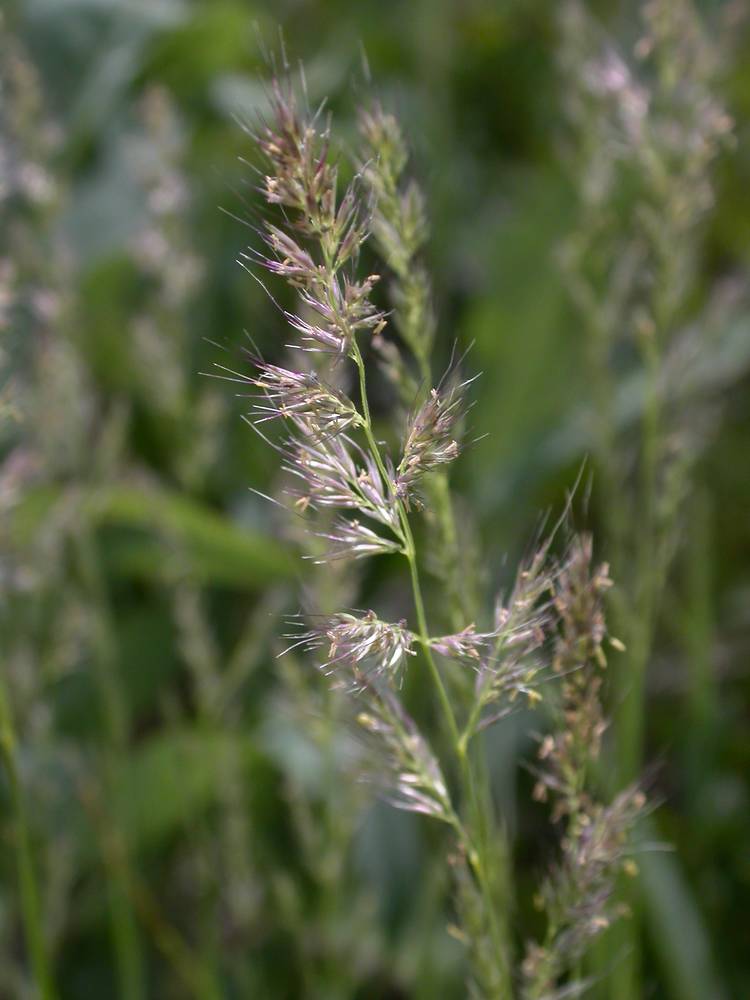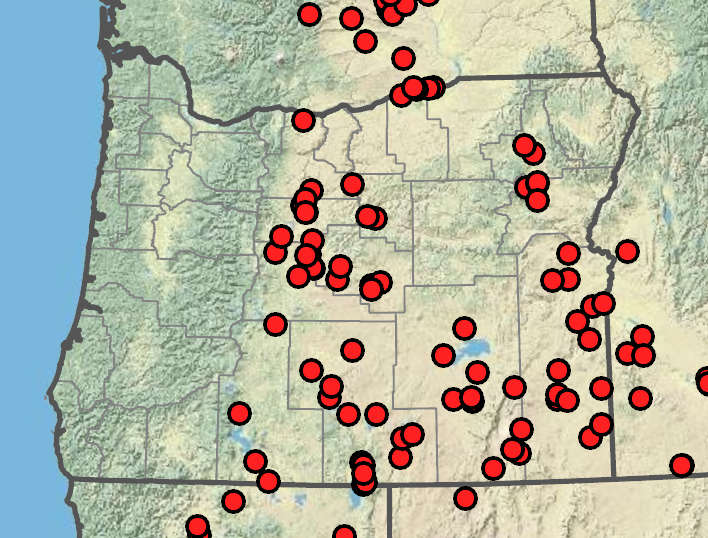Muhlenbergia asperifolia
Muhlenbergia
alkali muhly, scratchgrass
muhly
with bases somewhat compressed-keeled;
internodes glabrous; shiny below the nodes.
erect to decumbent.
blades 2–7(11) cm × 1–2.8(4)mm; flat, occasionally conduplicate;
lower surface smooth or minutely scabrous;
upper surface minutely scabrous;
margins and midveins not conspicuously thickened; greenish;
tips acute.
sheaths open;
ligules membranous or hyaline, sometimes with minute hairs on the margins;
blades flat, folded or involute.
6–21 × 4–16 cm, broadly ovoid; open;
branches whitish;
primary branches 3–12 cm × 0.05–0.1 mm; capillary; lower branches spreading, not appearing clustered;
pedicels 3–14 mm; longer than the spikelets.
terminal, sometimes axillary; open to contracted panicles.
1.2–2.1 mm.
0.8–4 mm, flattened, 1(3) florets;
disarticulation above the glumes, occasionally below the pedicels.
equal, 0.6–1.7 mm, 1-veined; purplish, minutely scabrous particularly on the veins;
tips acute.
2; (0)1(3)-veined;
tips truncate to acuminate, sometimes mucronate or awned;
lower glumes sometimes rudimentary or absent, occasionally bifid;
upper glumes shorter or longer than the florets.
elongate, fusiform to elliptic, slightly dorsally compressed.
1.2–2.1 mm, lanceolate to oblong-elliptic; somewhat gray, glabrous; smooth, occasionally minutely scabrous near the tips;
tips acute; awnless or mucronate; the mucros to 0.3 mm.
3-veined;
tips awnless to awned;
lemma awns if present; straight or wavy to curled; terminal or arising between 2 minute teeth.
1–1.3 mm; greenish yellow to purplish at maturity.
(1)3.
short, glabrous or pubescent.
=20, 22, 28.
Muhlenbergia asperifolia
Muhlenbergia
Moist, alkaline meadows. 100–1500m. BR, BW, Col, ECas, Lava, Owy. CA, ID, NV, WA; north to British Columbia, northeast to Ontario, southeast to TX, south to Mexico. Native.
Tropical and temperate regions. Approximately 155 species; 7 species treated in Flora.
In the following key, “nodulose” refers to pale, blunt bumps that are thickenings of the fibers in the culm. “Puberulent” refers to hairs so small they can only be seen with a hand lens.
Barbara Wilson, Richard Brainerd, Nick Otting
Barbara Wilson, Richard Brainerd, Nick Otting
- Local floras:
BC,
CA,
OR,
WA
- Local Web sites:
CalFlora,
CalPhotos,
Flora NW,
PNW Herbaria
WildflowerSearch
iNaturalist (observations)
USDA Plants Database
- LBJ Wildflower Center
- SEINet
- Plants of the World Online
- Encyclopedia of Life
- Wikipedia
- Google Image Search
- Local floras:
CA,
OR,
WA
- Local Web sites:
CalFlora,
CalPhotos,
Flora NW,
PNW Herbaria
WildflowerSearch
iNaturalist (observations)
USDA Plants Database
- LBJ Wildflower Center
- SEINet
- Plants of the World Online
- Encyclopedia of Life
- Wikipedia
- Google Image Search




